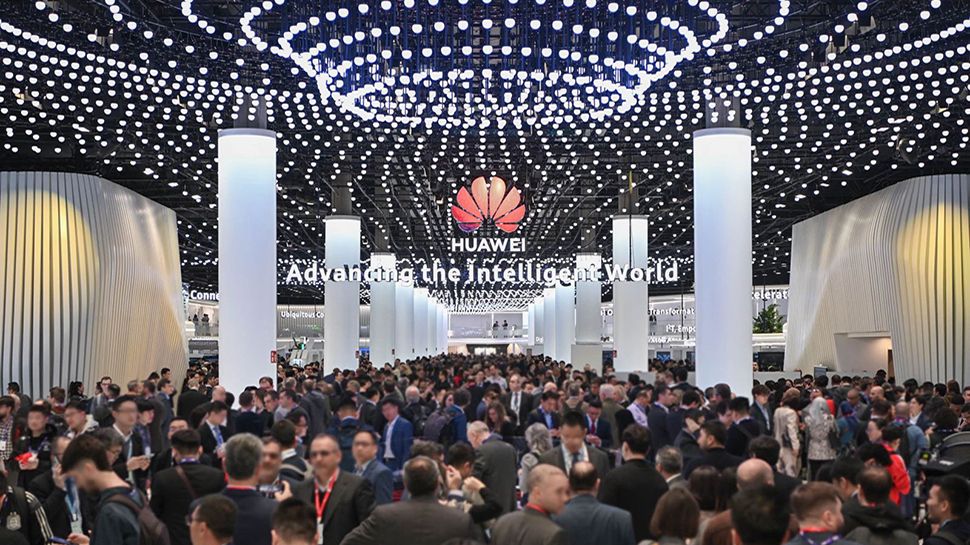
During MWC 2024, Huawei went in hard on 5.5G, discussing how this technology can “unlock the potential of networks and create new growth opportunities”.
Li Peng, Huawei’s Corporate Senior Vice President and President of ICT Sales & Service, explained, “5G is on the right path to business success. 5G began commercialization in 2019, and over the past five years, it has already gained 1.5 billion users worldwide. It took nine years for 4G to achieve this. Currently, 20% of global mobile subscribers are using 5G. These users generate 30% of all mobile traffic and contribute to 40% of mobile service revenue. 5.5G is entering commercial use in 2024, and as 5.5G, AI, and cloud converge, carriers can unlock the potential of new applications and capabilities.”
The new capabilities of 5.5G, including deterministic latency, precise positioning, and passive IoT, are expected to create even more opportunities for carriers in the B2B market. Huawei stated it has already assisted operators in starting 5.5G commercial verification and testing in more than 20 cities worldwide, and aims to help build ubiquitous networks that can lead us to an ‘intelligent world’ faster.
AI everywhere
As expected, AI was a significant focus during Huawei’s presentations. Huawei Cloud demonstrated its potential suitability as the “infrastructure of choice for AI applications” by unveiling ten AI-oriented innovations, including KooVerse, Distributed QingTian architecture, AI compute, AI-Native storage, E2E security, GaussDB, Data-AI convergence, Media infrastructure, Landing Zone, and Flexible deployment.
The company also discussed how AI-powered content is driving a surge in new data traffic. Looking into the future, Huawei predicts that, in 2026 alone, “AI will be used to produce over 250 billion images and 70 million videos, completely redefining the world’s approach to content creation.” To put that in context, the company says that AIGC will power the creation of over 100 billion gigabytes of data, and drive over one trillion gigabytes of data traffic, for which 5.5G will need to shoulder a significant portion.
“We’re rapidly approaching an intelligent world,” said Peng. “As the demands on networks have increased, 5.5G has become a key step on the path to the intelligent world. 5.5G is expected to enter commercial use in 2024. So, let’s build today’s networks for tomorrow’s applications to advance the intelligent world.”
More from TechRadar Pro
Services Marketplace – Listings, Bookings & Reviews
